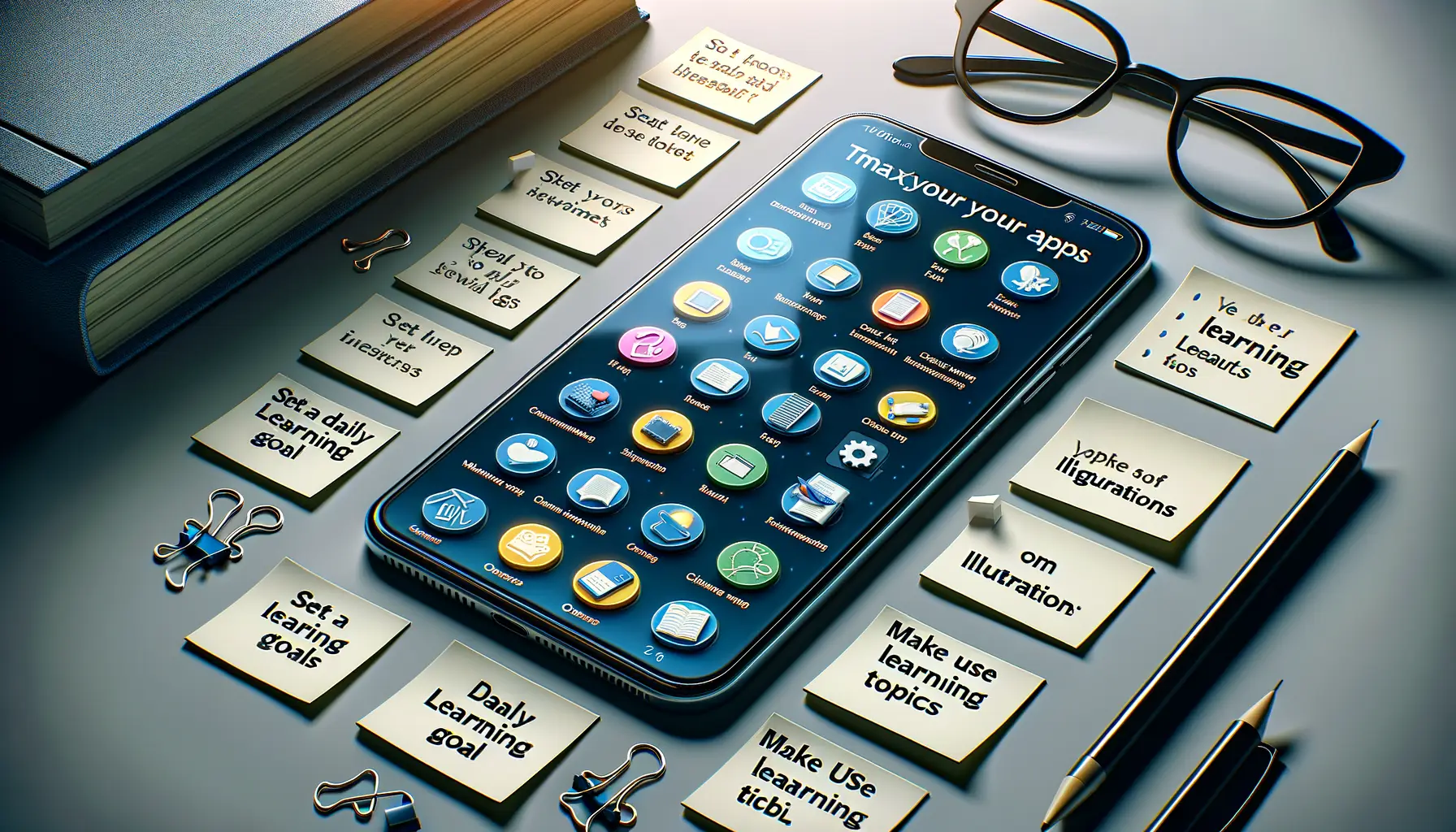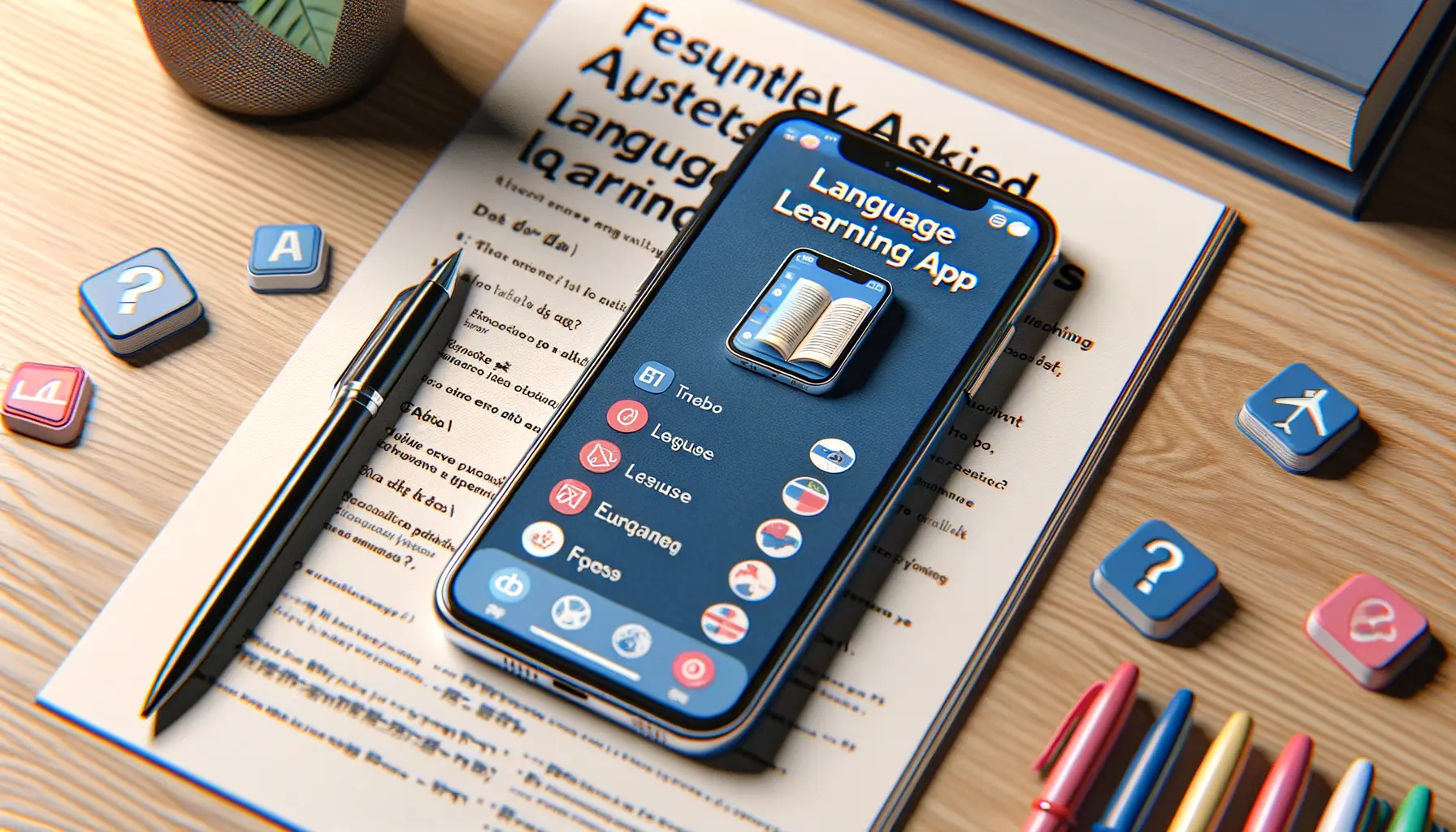Why Use Mobile Apps for Language Learning
Language Learning in Your Pocket
Imagine carrying a tiny classroom right in your pocket, ready to help you practice anytime, anywhere. That’s exactly what mobile language learning apps offer. Life is busy—work deadlines, family dinners, late-night Netflix binges—but these apps sneak into the cracks of your day like a linguistic sidekick. Waiting for coffee? Open the app and learn how to order it in Spanish. Commuting by train? Why not dive into some French vocabulary flashcards?
Mobile apps bring flexibility to the table in a way traditional classes just can’t. They’re always there, requiring no scheduled session or awkward Zoom call. Many even let you learn at your own pace, whether you’re the slow-and-steady type or a speed memorizer.
Interactive and Fun Learning Techniques
Gone are the days of dry textbooks and endless grammar drills. Mobile apps bring the magic of gamification:
- Earn points for completing lessons.
- Unlock rewards when you hit streaks.
- Compete with friends or global learners on leaderboards.
These tools keep you motivated, like a high-tech cheerleader urging you to keep going. And let’s not forget features like speech recognition to perfect your accent or bite-sized lessons designed to fit your attention span. A little learning, a lot of impact.
Top Language Learning Apps and Their Features

Standout Apps That Transform Language Learning
Ready to dive into a world of expertly designed apps that make learning a language feel less like a chore and more like an adventure? Let’s explore a few crowd favorites and see what makes them shine!
First, there’s Duolingo, the app that turns language learning into a game. With its quirky owl mascot cheering you on, you’ll rack up points and unlock levels like a pro. Bite-size lessons focus on vocabulary, grammar, and pronunciation, making it perfect for quick, daily practice.
For those craving real-world conversations, HelloTalk is a gem. Connect with native speakers across the globe and exchange language skills through text, voice, or even video calls. It’s like having a penpal—but cooler and instant!
Then comes the powerhouse: Rosetta Stone. Known for its immersive techniques, this app gently pushes you to speak from day one, all while relying on visuals instead of traditional translations.
- Memrise: Expands your vocabulary with a quirky twist—think funny video clips from locals!
- Busuu: Offers structured courses and even feedback from actual language tutors.
Each app has its unique spin, ensuring there’s something to captivate every learner. Which one speaks your language?
How to Choose the Right App for Your Needs

Finding Your Perfect Match
Choosing the right language app isn’t just a decision—it’s like picking a travel companion for a once-in-a-lifetime journey! You wouldn’t head off to explore the world with someone who doesn’t share your vibe, right? The same goes for apps. To make sure you’ve got the best fit, start by asking yourself: *What kind of learner am I?*
Are you someone who thrives on little victories? Then an app with gamified lessons (think Duolingo) might spark joy. Do you prefer deep conversations over quick quizzes? Apps like italki, where you can chat with native speakers, could be your golden ticket.
- Think about commitment: Got minutes or hours to spare daily? Some apps break things down into bite-sized chunks, while others demand more of your energy.
- Stay inspired: Love topics like travel, food, or history? Pick an app offering lessons tailored to your niche interests—keeping things relevant will keep the motivation alive.
Test Drive Before You Commit
Here’s something they don’t tell you: there’s no shame in experimenting. Download a few apps and spend a day or two with each. Notice how they make you feel. Clunky interface? Overwhelming tasks? Ditch it! Look for something that feels effortless to navigate and fun to return to. Many apps like Babbel or Memrise have trial versions—use them shamelessly.
Your dream app is out there, waiting to take your language learning from “meh” to magnificent. All you need to do is swipe until it feels right!
Tips for Maximizing Your Learning through Apps

Get the Most Out of Every Tap and Swipe
Picture this: You’ve downloaded a shiny new language app, full of potential to change your world. But how do you turn that potential into progress? It’s not just about opening the app; it’s about making every moment count. Here’s how:
- Create a routine: Let language learning become a non-negotiable part of your day. Whether it’s right after coffee or before bed, pick a time and stick to it. Consistency is the unsung hero of fluency.
- Immerse yourself: Don’t stop at flashcards! Explore the app’s podcasts, videos, and conversation features. Turn passive learning into active engagement by practicing pronunciation on your commute or translating your grocery list for fun.
- Focus on small wins: Learn 5 new phrases today and test them in conversation tomorrow. Celebrate every moment you can say, “I nailed that!”
Find Your Own Personal Magic
Different apps speak to us differently—no pun intended! Some thrive on gamification (hello, Duolingo!), while others make space for deep cultural dives like Babbel. Experiment boldly. If an app has a community feature, join discussions or pair up with a study buddy. Shared effort doubles the joy.
Lastly, forgive yourself when progress feels slow. Language learning isn’t a sprint; it’s an adventure worth savoring.
Frequently Asked Questions About Language Learning Apps

What’s the Deal with Free vs. Paid Language Apps?
Let’s face it: when you’re staring at a free app and a paid one, it feels like a showdown. Which do you choose? Here’s the scoop—free apps like Duolingo or Memrise are perfect for casual learners dipping their toes in the language pool. You can practice vocabulary, dabble in grammar, and even earn those delightful reward streaks. But if you’re serious about mastering a language, premium options like Babbel or Rosetta Stone might take you further. Why? Paid apps often dive deeper into cultural nuances, speaking practice, and personalized progress tracking.
Still not sure? Ask yourself:
- Will I need lots of speaking practice with feedback?
- Am I okay with ads, or are they going to drive me insane?
- Do I want long-term progression tools instead of quick vocabulary drills?
Ultimately, some freebies punch above their weight, but consider investing in your brain if you’re aiming for fluency.
Can You Really Become Fluent Just Using an App?
The million-dollar question! Here’s the truth: apps are like your favorite hiking boots—they’ll get you partway up the mountain, but you’ll need other tools to reach the summit. Language learning apps shine at teaching vocabulary, basic grammar, and survival phrases. For example, apps like Busuu let you chat with native speakers, boosting confidence.
But fluency? That’s a trickier beast. To get there faster, combine app learning with real-world practice. Think of it like cooking: the app provides the recipe, but you’ve got to bake the cake yourself by joining conversations, watching movies in the target language, or journaling daily. So, yes, apps are powerful—but they’re just a piece of the puzzle!
